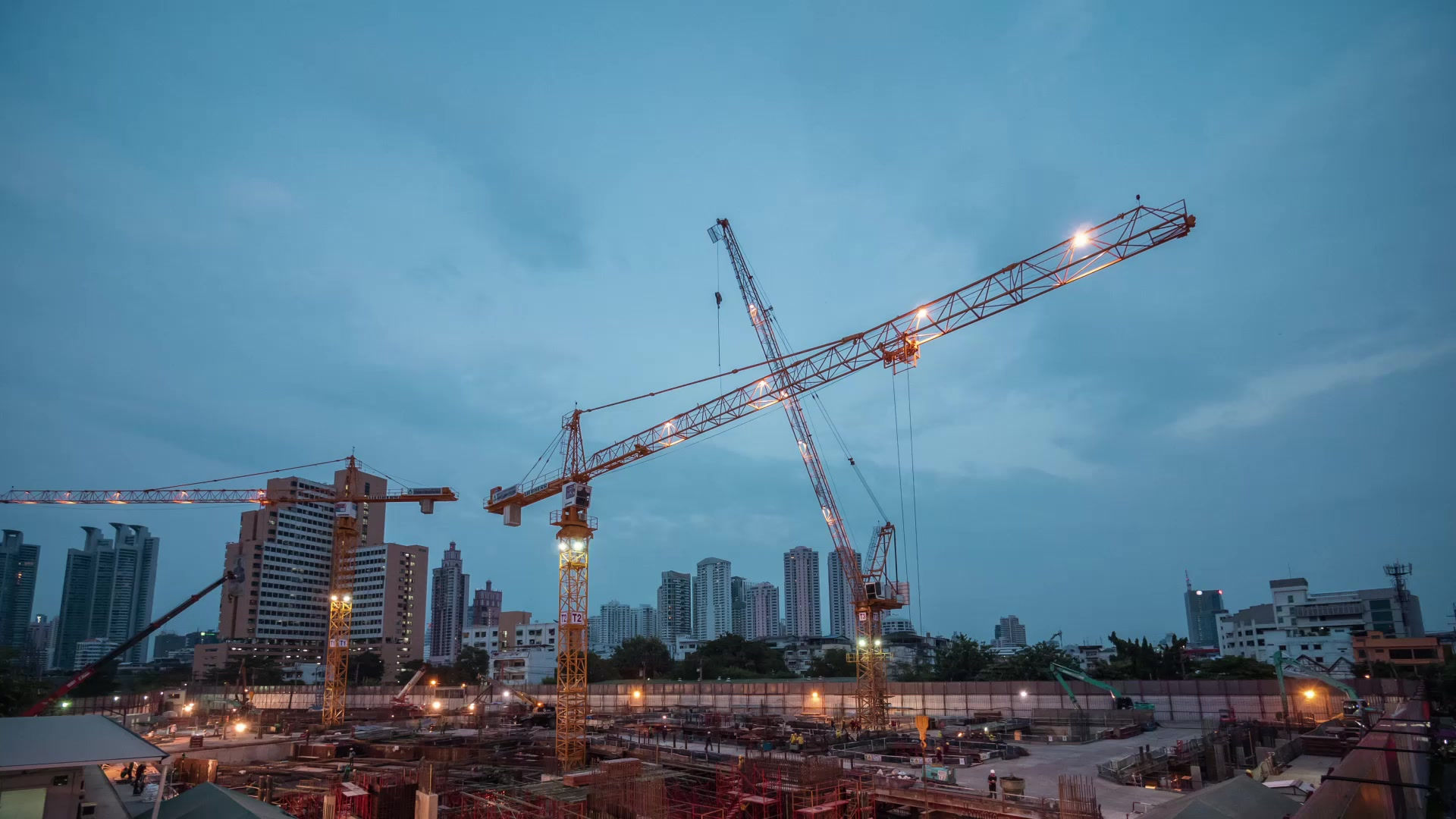Project Management in Rebar Detailing: Key Strategies for Success
- Joitech

- Mar 6
- 2 min read

Rebar detailing is a crucial structural engineering component, ensuring that reinforced concrete structures have the necessary strength and durability. Effective project management in rebar detailing enhances efficiency, accuracy, and compliance with industry standards, leading to cost-effective and timely project execution. In this article, we’ll explore key aspects of project management in rebar detailing and best practices for successful implementation.
The Importance of Project Management in Rebar Detailing
Rebar detailing involves creating detailed drawings, bar bending schedules (BBS), and 3D models to specify reinforcement placements in concrete structures. Poor management in this phase can lead to errors, project delays, and increased costs. Proper project management ensures:
Accurate and precise rebar detailing
Compliance with industry standards like ACI (American Concrete Institute) and ASTM
Efficient collaboration between engineers, contractors, and fabricators
Reduced material wastage and optimized labor utilization
Key Elements of Project Management in Rebar Detailing
1. Planning and Scope Definition
Defining project scope is critical for aligning expectations among stakeholders. This includes:
Identifying project goals and deliverables
Defining material specifications and compliance requirements
Reviewing contract plans for additional information to be requested to complete deliverables
Assigning roles and responsibilities to team members to meet deadlines
Establishing timelines and deadlines
2. Utilizing Advanced Software Tools
Technology plays a vital role in rebar detailing project management. Some commonly used software includes:
AutoCAD – For creating 2D concrete boundaries
Tekla Structures – For 3D modeling and clash detection
RebarCAD – For rebar placement drawings and bar bending schedules
BIM (Building Information Modeling) – For enhanced collaboration and visualization - planning and collaborating during construction
3. Effective Communication and Collaboration
Rebar detailing involves coordination between architects, structural engineers, fabricators, and contractors. Clear communication ensures:
Fewer revisions and errors in detailing
Seamless collaboration across project teams
Efficient approval processes for design modifications
4. Quality Control and Compliance
Ensuring adherence to contract plans is essential. Quality control measures include:
Detailed and systematic detailing error checking
Implementing rebar detailing checklists
Ensuring proper documentation of changes
Addressing Engineer's intent during the approval process.
5. Scheduling and Resource Management
Meeting project deadlines requires efficient scheduling of detailing, fabrication, and installation. Key strategies include:
Creating a structured project timeline
Allocating resources efficiently to avoid bottlenecks
Regularly monitoring progress and adjusting schedules as needed
6. Risk Management and Problem-Solving
Identifying and mitigating risks early can prevent costly mistakes. Risk management strategies include:
Addressing potential completed work conflicts as contract plan changes come through
Regularly updating stakeholders on project status
Having contingency plans in place for unexpected delays
Conclusion
Project management in rebar detailing is essential for ensuring accuracy, efficiency, and compliance in structural projects. Service professionals can streamline the detailing process and deliver successful projects on time by leveraging advanced software, fostering collaboration, implementing quality control measures, and proactively managing risks. For more details, connect with us!


Comments